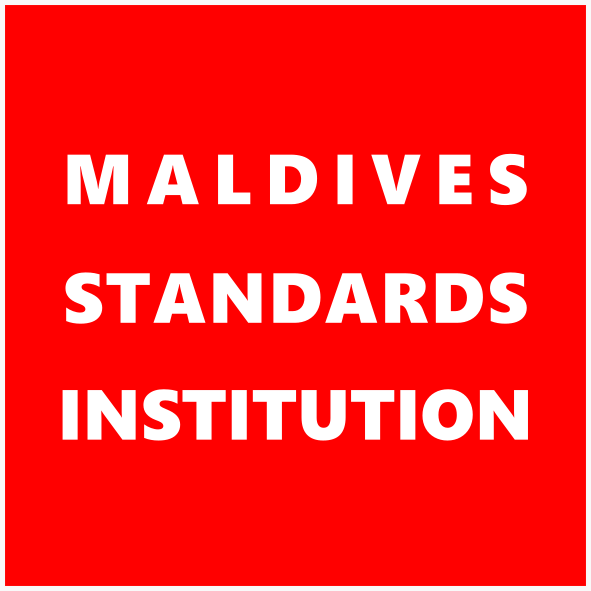One of the definitions of a “principle” is that it is a basic belief, theory or rule that has a major influence on the way in which something is done. “Quality management principles” are a set of fundamental beliefs, norms, rules and values that are accepted as true and can be used as a basis for quality management. The QMPs can be used as a foundation to guide an organization’s performance improvement.
The seven quality management principles are:
1 – Customer focus
2 – Leadership
3 – Engagement of people
4 – Process approach
5 – Improvement
6 – Evidence-based decision making
7 – Relationship management
These principles are not listed in priority order. The relative importance of each principle will vary from organization to organization and can be expected to change over time.
Principle 1: Customer Focus
The primary focus of quality management is to meet customer requirements and to strive to exceed customer expectations.
Key benefits
• Increased customer value
• Increased customer satisfaction
• Improved customer loyalty
• Enhanced repeat business
• Enhanced reputation of the organization
• Expanded customer base
• Increased revenue and market share
Actions you can take
• Recognize direct and indirect customers as those who receive value from the organization.
• Understand customers’ current and future needs and expectations.
• Link the organization’s objectives to customer needs and expectations.
• Communicate customer needs and expectations throughout the organization.
• Plan, design, develop, produce, deliver and support goods and services to meet customer needs and expectations.
• Measure and monitor customer satisfaction and take appropriate actions.
• Determine and take actions on interested parties’ needs and expectations that can affect customer satisfaction.
• Actively manage relationships with customers to achieve sustained success.
Principle 2: Leadership
Leaders at all levels establish unity of purpose and direction and create conditions in which people are engaged in achieving the organization’s quality objectives.
Key benefits
• Increased effectiveness and efficiency in meeting the organization’s quality objectives
• Better coordination of the organization’s processes
• Improved communication between levels and functions of the organization
• Development and improvement of the capability of the organization and its people to deliver desired results
Actions you can take
• Communicate the organization’s mission, vision, strategy, policies and processes throughout the organization.
• Create and sustain shared values, fairness and ethical models for behaviour at all levels of the organization.
• Establish a culture of trust and integrity.
• Encourage an organization-wide commitment to quality.
• Ensure that leaders at all levels are positive examples to people in the organization.
• Provide people with the required resources, training and authority to act with accountability.
• Inspire, encourage and recognize people’s contribution.
Principle 3: Engagement of People
Competent, empowered and engaged people at all levels throughout the organization are essential to enhance its capability to create and deliver value.
Key benefits
• Improved understanding of the organization’s quality objectives by people in the organization and increased motivation to achieve them
• Enhanced involvement of people in improvement activities
• Enhanced personal development, initiatives and creativity
• Enhanced people satisfaction
• Enhanced trust and collaboration throughout the organization
• Increased attention to shared values and culture throughout the organization Actions you can take
• Communicate with people to promote understanding of the importance of their individual contribution.
• Promote collaboration throughout the organization.
• Facilitate open discussion and sharing of knowledge and experience.
• Empower people to determine constraints to performance and to take initiatives without fear.
• Recognize and acknowledge people’s contribution, learning and improvement.
• Enable self-evaluation of performance against personal objectives.
• Conduct surveys to assess people’s satisfaction, communicate the results, and take appropriate actions.
Principle 4: Process Approach
Consistent and predictable results are achieved more effectively and efficiently when activities are understood and managed as interrelated processes that function as a coherent system.
Key benefits
• Enhanced ability to focus effort on key processes and opportunities for improvement
• Consistent and predictable outcomes through a system of aligned processes
• Optimized performance through effective process management, efficient use of resources, and reduced cross-functional barriers
• Enabling the organization to provide confidence to interested parties as to its consistency, effectiveness and efficiency
Actions you can take
• Define objectives of the system and processes necessary to achieve them.
• Establish authority, responsibility and accountability for managing processes.
• Understand the organization’s capabilities and determine resource constraints prior to action.
• Determine process interdependencies and analyse the effect of modifications to individual processes on the system as a whole.
• Manage processes and their interrelations as a system to achieve the organization’s quality objectives effectively and efficiently.
• Ensure the necessary information is available to operate and improve the processes and to monitor, analyse and evaluate the performance of the overall system.
• Manage risks that can affect outputs of the processes and overall outcomes of the quality management system
(to be continued)
Source: International Organization for Standardization

